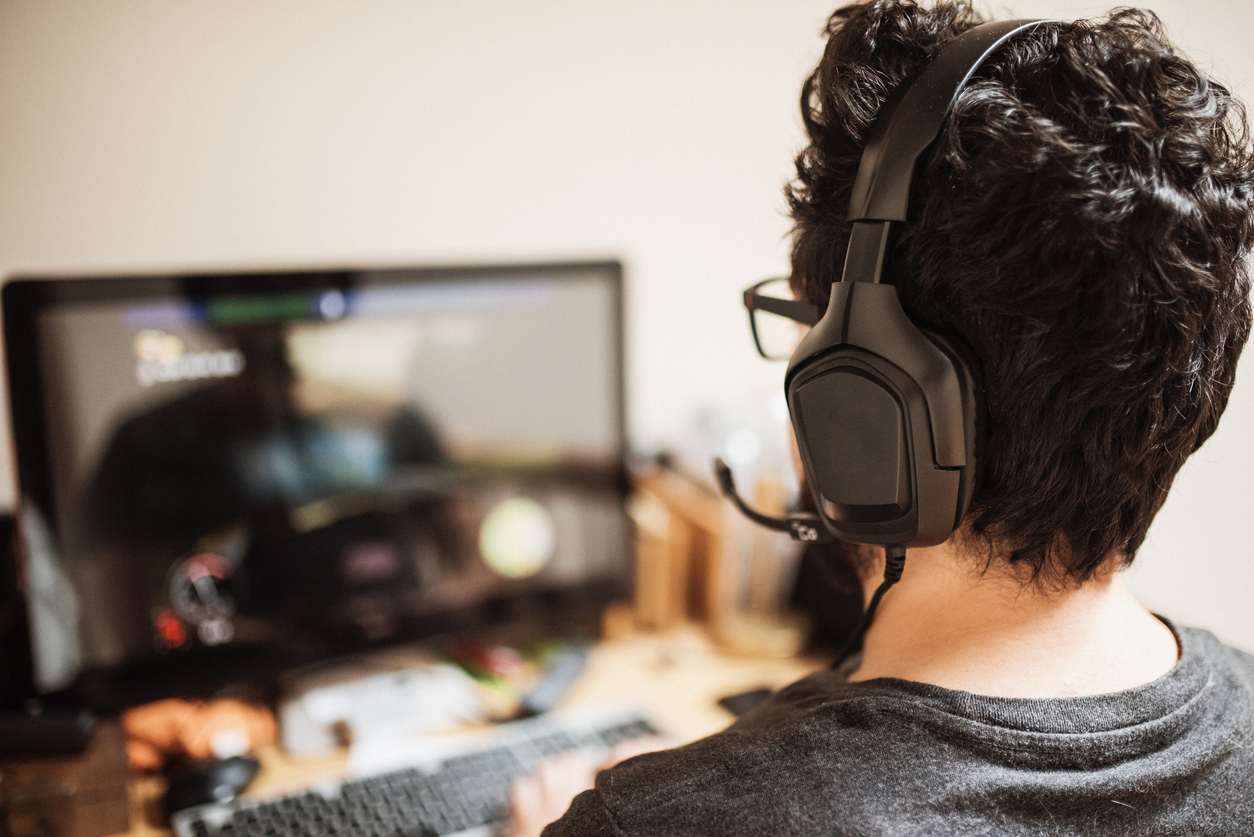You may not have ever heard of esports, but the odds are good that will change soon. If you’ve never heard of them, esports are when people compete while playing video games. But these aren’t living room gaming sessions with your friends or family. They are games played in highly organized and competitive environments, and popular esports events can have up to 1.9 million viewers.
The people who play esports may not move in the same ways as football players or other more traditional athletes. However, they can develop injuries just like any other athlete. Virtual physical therapists can help you learn about some common esports injuries. They can also help you find effective treatment for your esports injuries so you can get back to competing.
Three common injuries that esports players face
Don’t think esports players move very much? You’d be wrong. True, they don’t move as dynamically as more traditional athletes, but they often make between 500 and 600 fine motor movements per minute. They also tend to spend hours sitting with poor posture. These are just some of the reasons why esports players often develop injuries like:
1. Nintendo neck — This condition is also known as gamer’s neck. It’s one of the reasons that 42% of esports players suffer from neck or back pain, according to one medical study. This condition is triggered by spending a lot of time with your neck bent forward and down. That’s something that happens a lot when people are playing video games. Nintendo neck can often cause players to feel neck, shoulder or back pain. It can also lead to muscle tightness and regular headaches.
2. Gamer’s thumb — Your thumbs are the least flexible of all the fingers, but gamers use them a lot more than normal. This can lead to a condition called De Quervain’s tenosynovitis, which has been rebranded as gamer’s thumb. This issue occurs when thumb tendons are strained and inflamed by repetitive movements (joystick movements, anyone?). Gamer’s thumb can initially cause pain, swelling or numbness at the base of your thumb. It can also cause a sticking feeling when moving the affected thumb. Your pain may even radiate out into your hand or wrist if left untreated.
3. Trigger finger — Medical pros know this condition as stenosing tenosynovitis, but its colloquial name is trigger finger. It occurs when the sheath that surrounds your finger tendon becomes inflamed and narrows. This makes it harder for the tendon to move normally, and it often leads to the affected finger getting stuck in a curled position. The constant movement of your pointer finger on the trigger of a game controller can easily lead to this condition.
Find help with esports injuries at Agile Virtual PT
You can play your video games virtually with other players, so why can’t you do your physical therapy virtually? You can when you work with our Agile Virtual Physical Therapy team. We work with our patients via secure online video sessions. In addition, there are many ways we can help people with esports injuries, including:
● Assessing and diagnosing your injury.
● Demonstrating therapeutic exercises that can help ease your symptoms.
● Making ergonomic recommendations intended to reduce your risk of a similar injury.
● Helping you learn when and how to break up long gaming sessions.
Contact our team today for more information about how we can assist with your injury or to schedule your initial virtual appointment with us.

